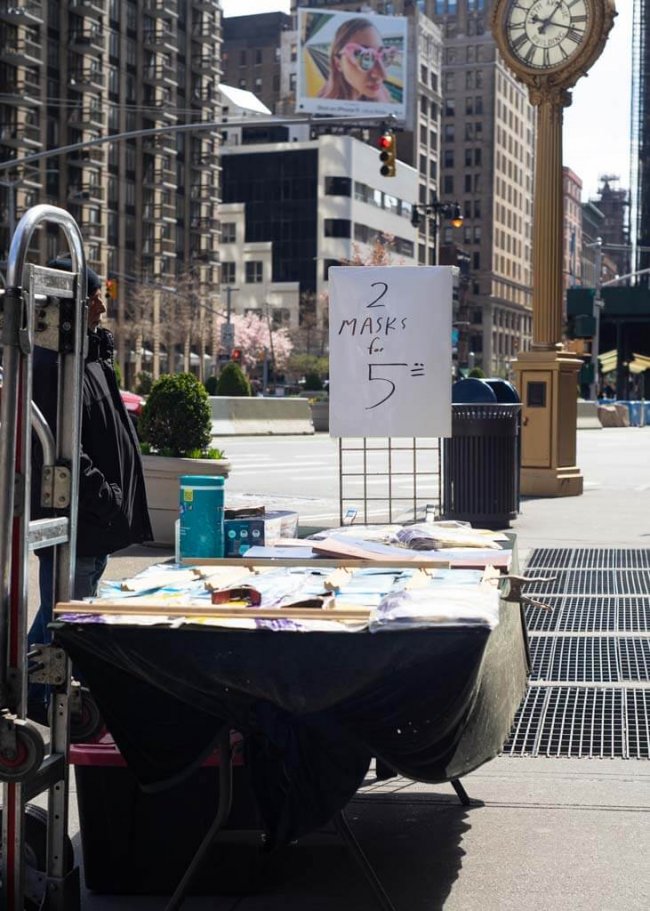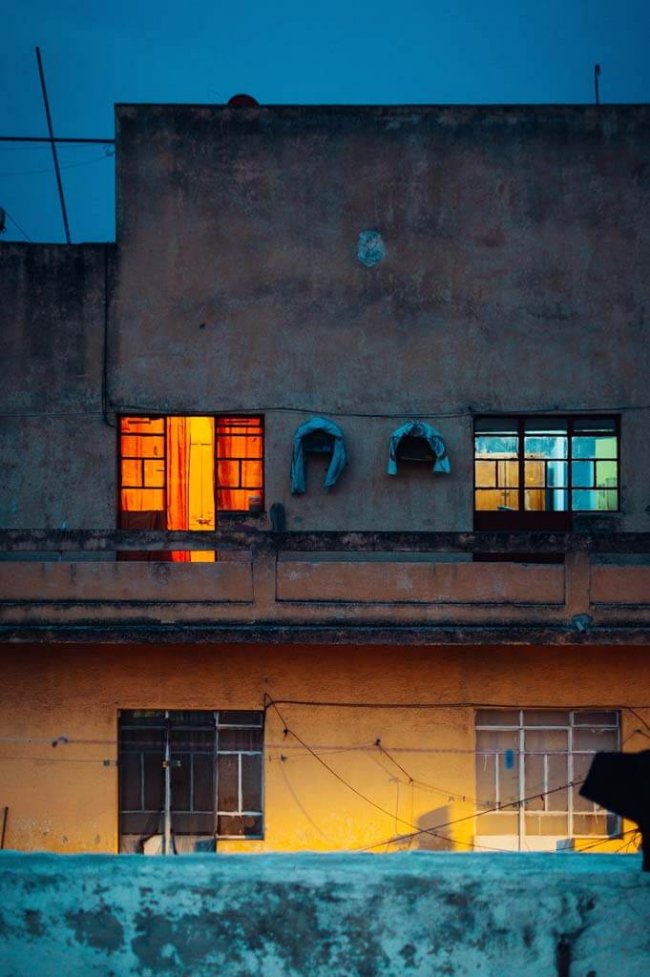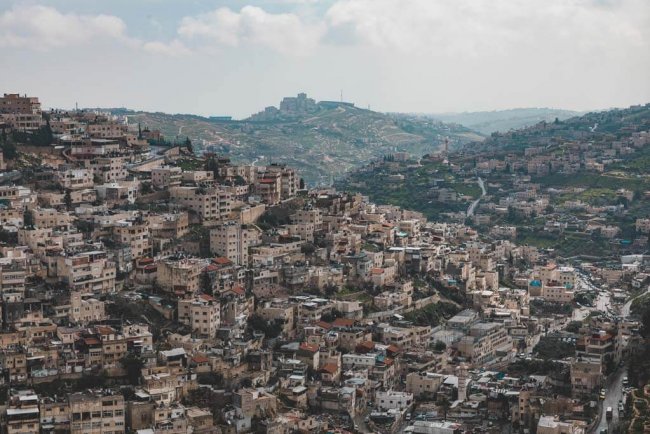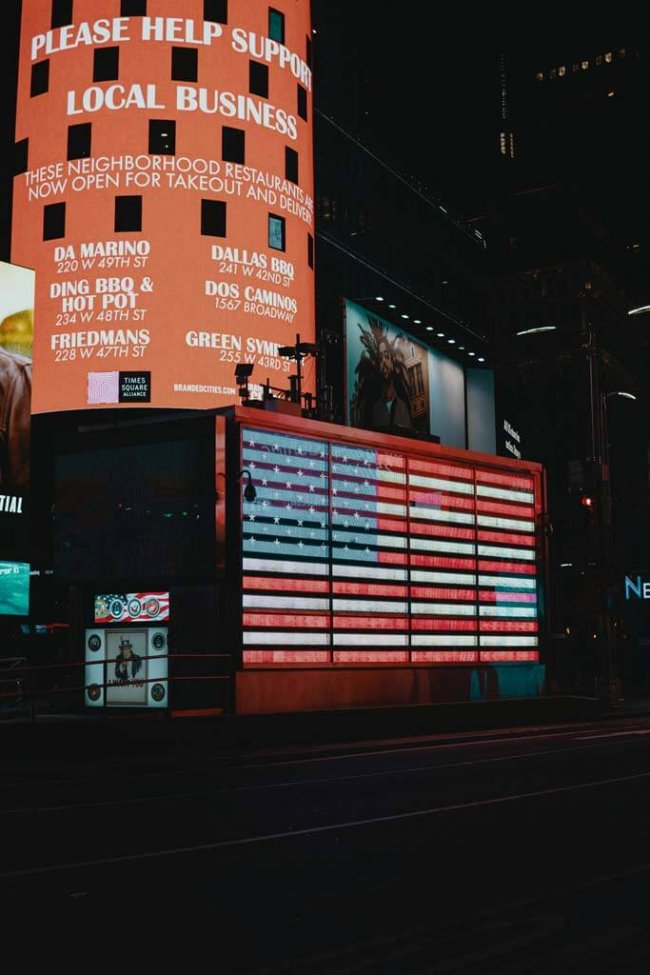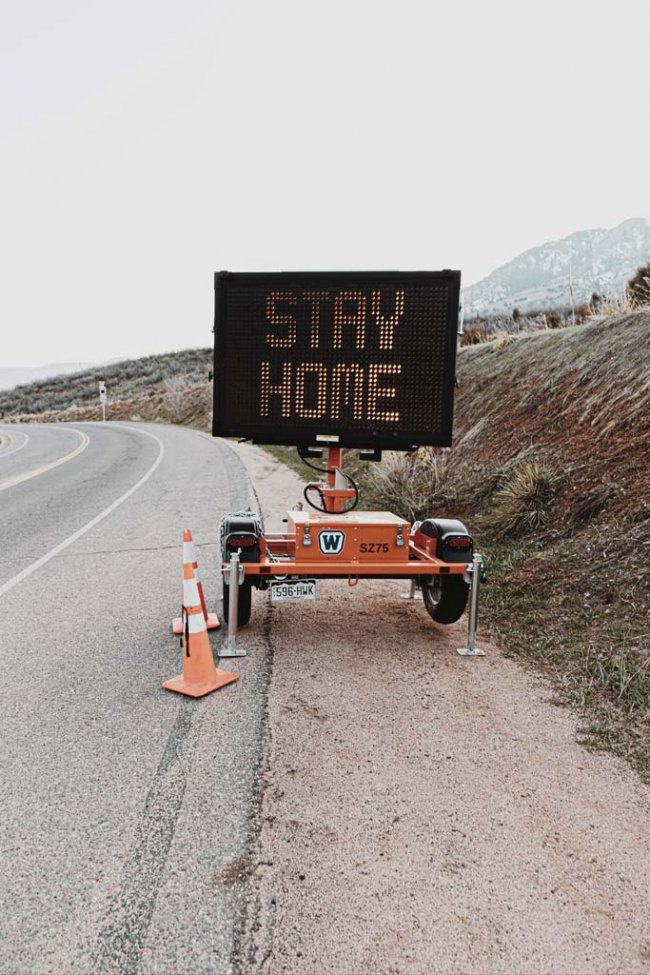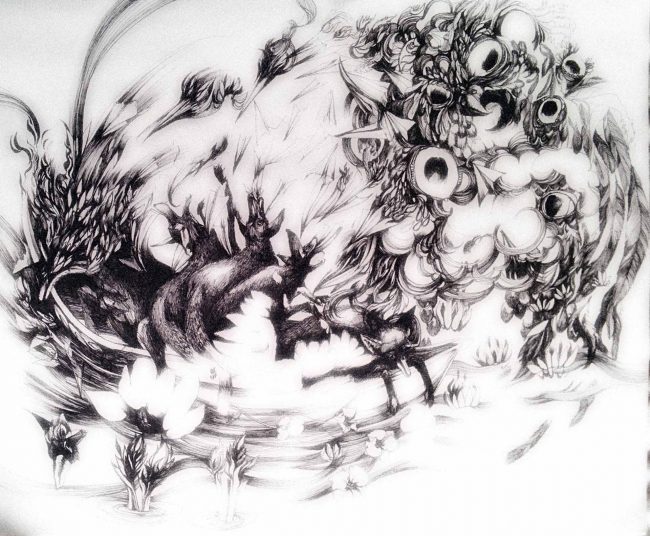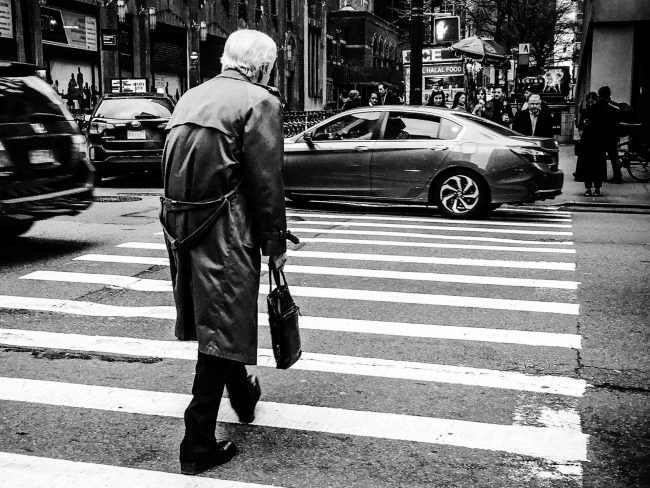Letter from Pittsburgh by William F. Cornell
I am heartened that we have this shared space for the days and weeks ahead. I have been at my office for four days now and have worked with the majority of my clients by phone or Skype, although a significant number have chosen in-person sessions. We have modified our office setting to make this as safe as possible. I feel somewhat fortunate in that part of my practice for some time now has been on the phone or Skype…



